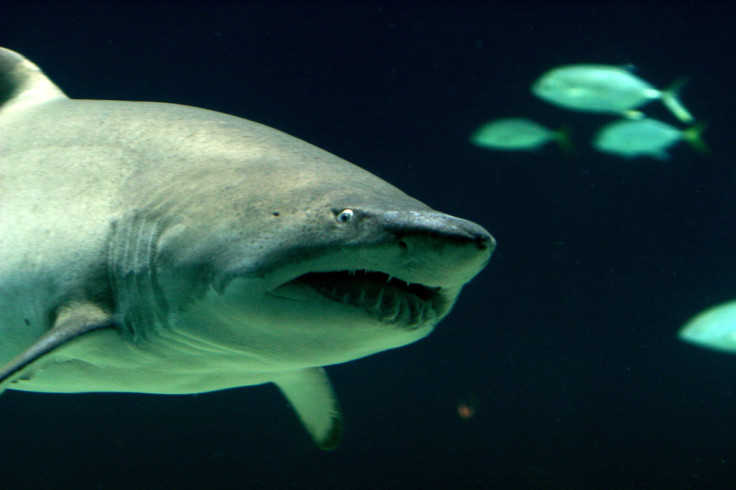Lifeguards Are Using Drones To Patrol For Sharks Following Attacks Off North Carolina Beach

If only Chief Brody had a drone to find “Jaws.” Officials from California to Delaware have turned to small drones to look for sharks, a process that takes less than 30 minutes compared with the two hours a patrol might take on a jet ski.
This comes after two teenagers lost limbs in different shark attacks separated by only 90 minutes on the North Carolina coast. Those attacks, which occurred Sunday, don't appear to be the motivating force behind the increased use of shark drones.
“We launched the drone, and in about five minutes, we'd spotted five or six sharks, so we went down and zoomed in and filmed them, and then we cruised the whole area, and I think we probably saw about 10 sharks in total this morning,” California's Seal Beach Marine Safety Chief Joe Bailey told ABC7.com late Monday.
From there, lifeguards and police try to determine a shark's size and aggression level, information they consider when weighing whether to close a beach or keep it open. Similar tactics are also being used in in the Atlantic Ocean, where researchers at the University of Delaware and Delaware State University used underwater drones to track sharks for three years. The study, recently published in the journal Marine Ecology Progress Series and explained in a Delaware Public Media article, determined that it's more effective to track sharks with drones and an acoustic tag rather than the traditional method of GPS tagging.
The researchers tracked sand tiger sharks' migration patterns, which they hope will give humans new insight into where sharks congregate and how endangered populations can be preserved.
© Copyright IBTimes 2024. All rights reserved.











